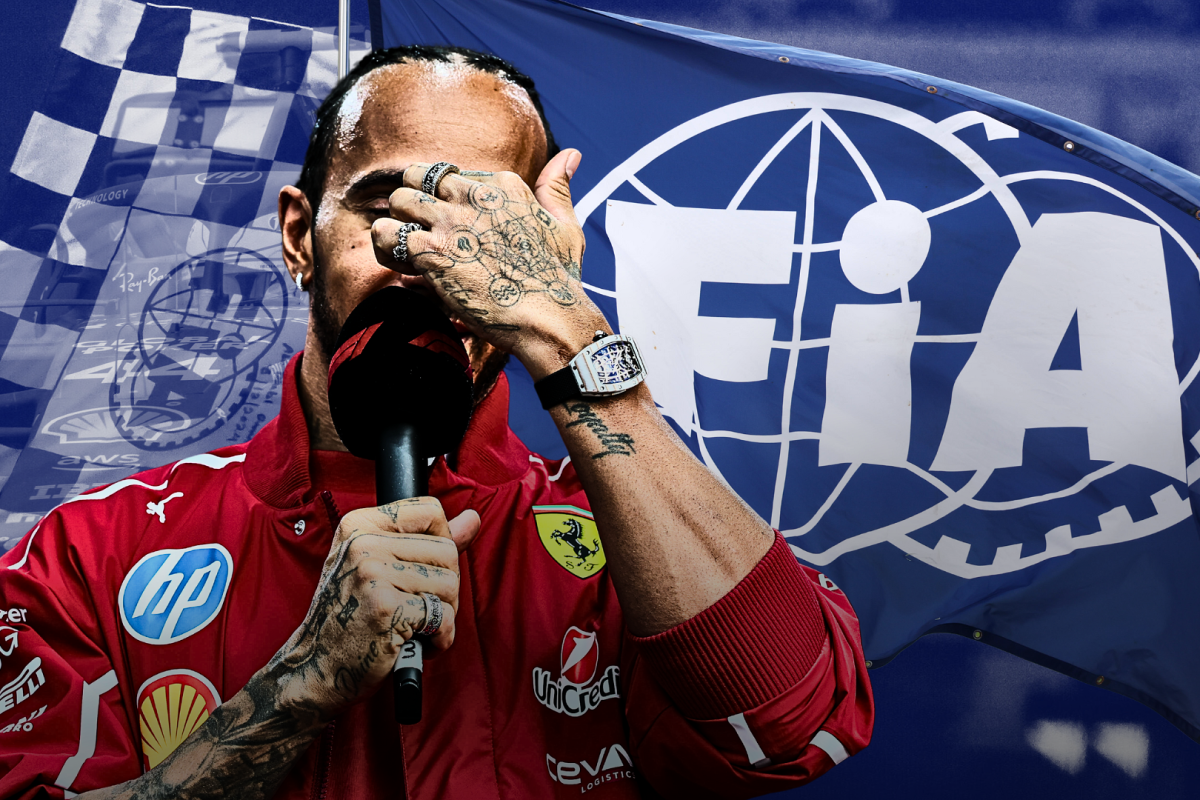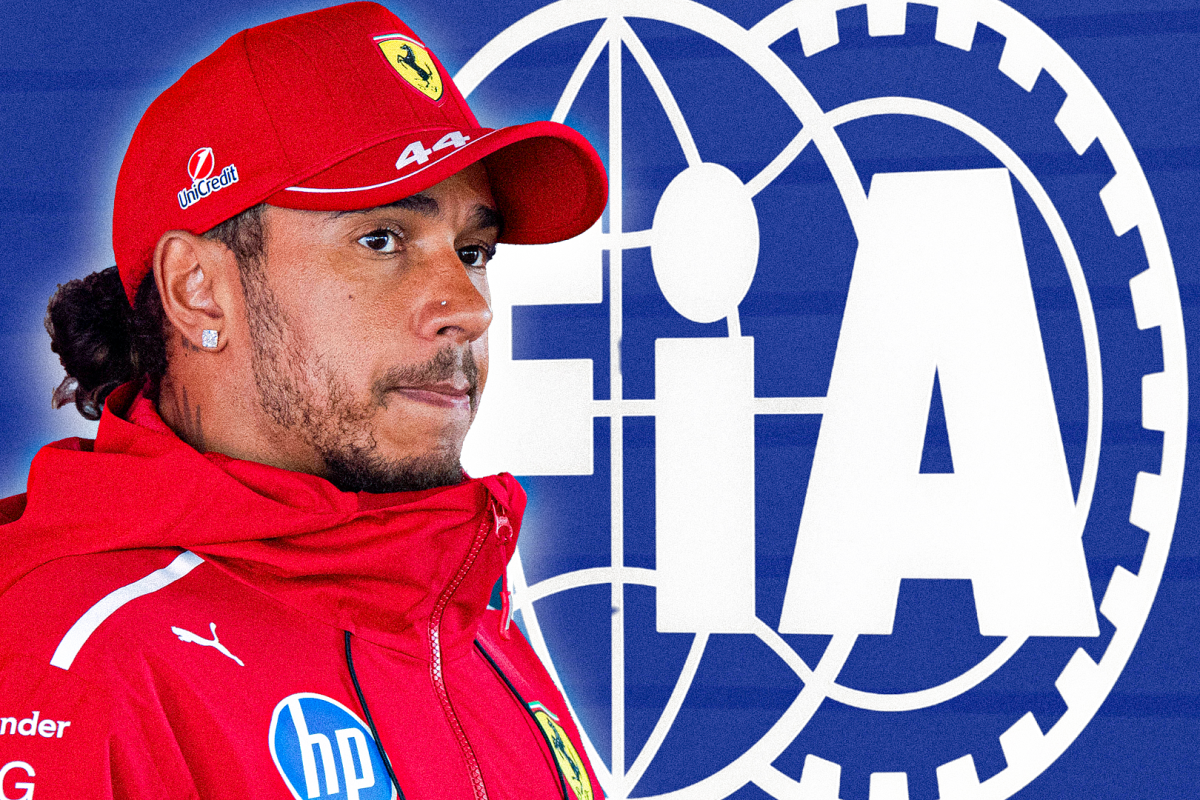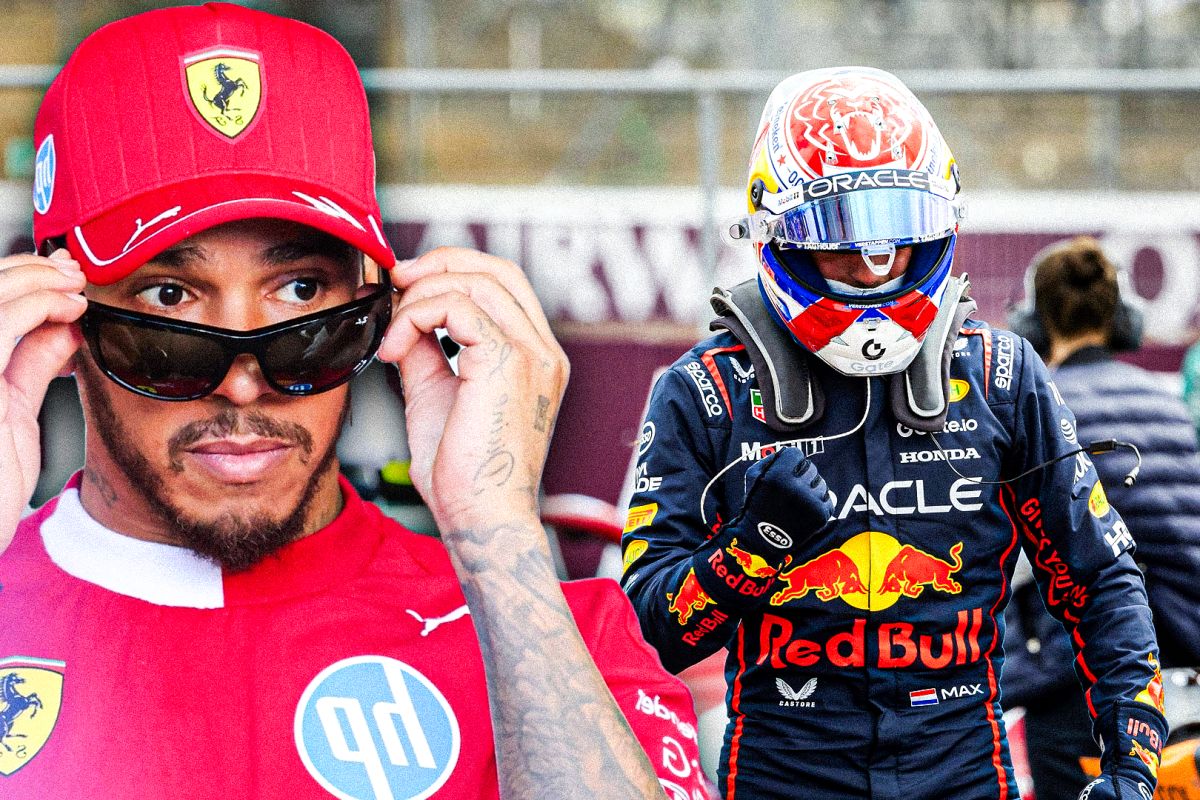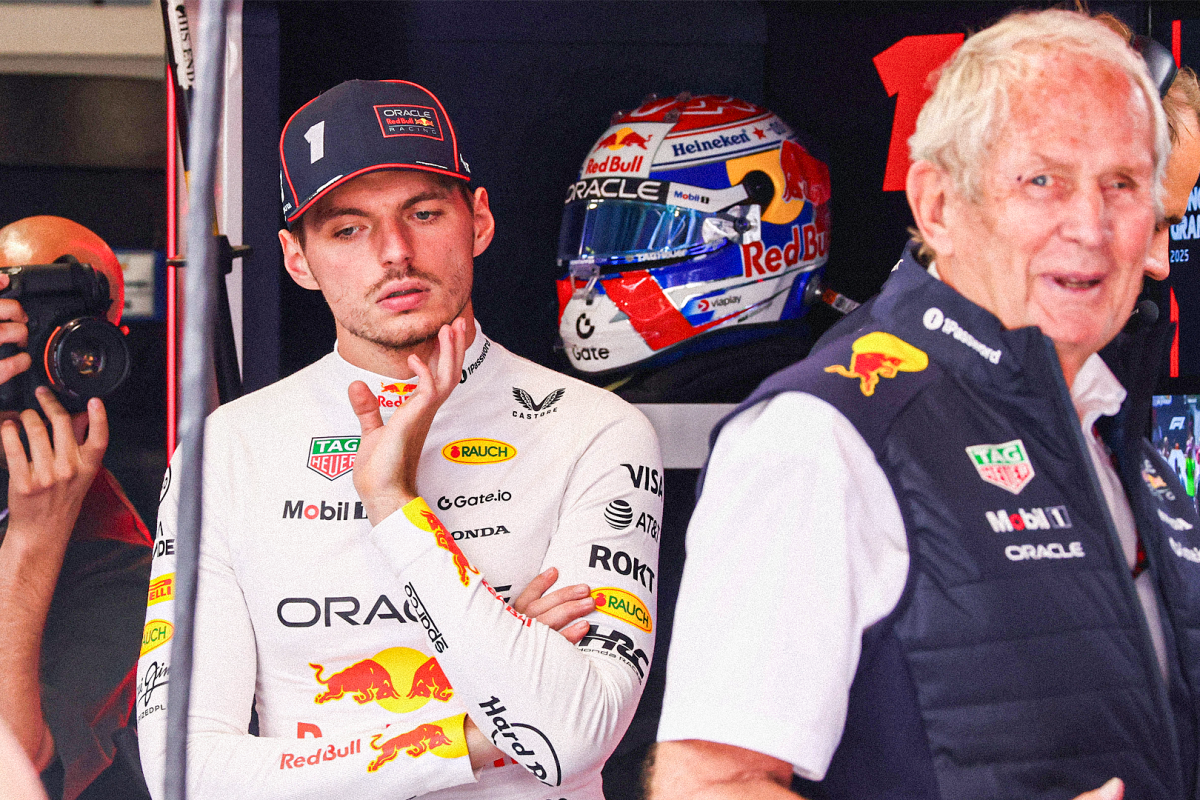Lewis Hamilton handed FIA penalty verdict as star ad…..read more
In a weekend full of drama and unexpected twists at the 2025 Miami Grand Prix, one incident in particular caught the spotlight—an early-race clash involving seven-time world champion Lewis Hamilton and Ferrari driver Carlos Sainz. Following a thorough investigation, the FIA has issued its official verdict, choosing not to penalize Hamilton for his role in the incident. The announcement came shortly after Hamilton made headlines for admitting that he had briefly “fallen asleep” during the race, referring to a lapse in focus that may have contributed to the situation on track.
A Close Call in Miami
The incident in question took place during the opening stages of the race, a phase typically fraught with aggressive positioning as drivers fight to secure better track placement. As Hamilton and Sainz jostled for position, their cars came into contact—raising immediate questions about fault, responsibility, and potential penalties. In Formula 1, such lap-one incidents are often viewed with some leniency, as the congestion and intensity of the start can make clean racing more difficult.
Despite this, the stewards launched a full investigation, analyzing footage, telemetry data, and team radio communications to determine whether Hamilton had breached racing regulations. After careful deliberation, the FIA concluded that although Hamilton’s actions contributed to the incident, he was not predominantly at fault. As a result, the Mercedes driver was not issued any grid penalties, time penalties, or reprimands.
The FIA’s Reasoning
According to the official report, the stewards assessed the situation as a “racing incident”—a term used in F1 to describe events where multiple drivers share responsibility, or where circumstances make it difficult to assign blame conclusively. The FIA acknowledged that Hamilton’s line into the corner played a role, but pointed out that other drivers were involved in creating the tight space that led to the contact. In such multi-car scenarios, especially on the opening lap, the stewards often prefer to avoid issuing harsh penalties unless one driver is clearly at fault.
Their decision was further reinforced by the principle of consistency in stewarding, where similar past incidents have also gone unpunished. By maintaining this approach, the FIA aims to ensure fairness and avoid overly influencing the race outcomes based on marginal or debatable incidents.
Hamilton’s Shocking Admission
Adding a twist to the post-race narrative, Lewis Hamilton made a startling confession during his media duties: he had mentally “fallen asleep” at a critical moment during the race. While clearly a metaphorical expression, his comment suggested a temporary lapse in concentration or reaction time—something extremely rare for a driver of his caliber.
Fans and pundits alike were surprised by his candid self-assessment. Hamilton is widely known for his laser-sharp focus and competitive mindset, making this moment of vulnerability both unexpected and oddly humanizing. Whether this lapse played any role in the incident with Sainz remains speculative, but it certainly adds a personal layer to the weekend’s events.
Meanwhile, Sainz Faces Penalty
In contrast to Hamilton’s reprieve, Carlos Sainz found himself on the receiving end of the stewards’ disciplinary measures. Later in the race, Sainz was involved in a separate incident with McLaren’s Oscar Piastri, where the Ferrari driver was judged to be at fault for causing a collision. The result: a five-second time penalty and one penalty point added to his super license.
This penalty ultimately dropped Sainz one position in the final standings—from fourth to fifth—highlighting the fine margins that can drastically alter race results in Formula 1. Sainz later expressed frustration with the penalty, noting what he saw as inconsistencies in the way incidents were judged throughout the weekend.
The Bigger Picture
The Miami Grand Prix once again underscored the challenges of stewarding in modern F1. With high-speed battles, narrow margins, and immense pressure, even the world’s best drivers can make errors or find themselves entangled in unavoidable situations. The FIA’s handling of the Hamilton-Sainz clash reflected a nuanced understanding of these complexities.
As the season progresses, drivers and teams are likely to continue pushing for greater clarity and consistency in stewarding decisions. For Hamilton, his narrow escape from a penalty, combined with his unusual mid-race admission, will surely be a talking point as fans and experts alike dissect the intricacies of elite-level racing.




